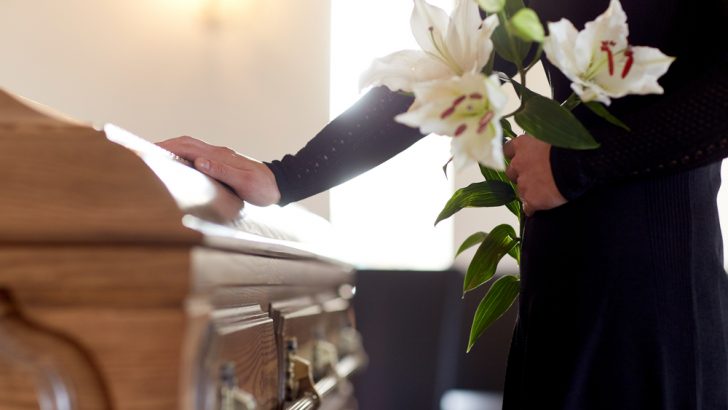Among the new restrictions announced by Taoiseach Micheál Martin this week was a limit of ten people at a funeral in the Republic. In the North, funerals are limited to 25. The restriction to ten people at a funeral was cruel and – mercifully – quickly changed.
At the same time that only ten people were to be allowed at a funeral in the Republic, 25 are permitted to be present at a wedding. The contrast between the two was odd and strangely indicative of an attitude that sees celebrating a wedding as more important than marking the obsequies around death that are central to Irish life.
Realistically, for a wedding the spouses need two witnesses and a priest to act as a presider and solemniser. It’s not ideal, and while many people choose small weddings it is not something that any couple would be comfortable with. At the same time, they have their entire married life ahead as a couple to celebrate both together and with their friends.
Vows
Might it be an idea, for example, to hold a reception for their family and friends at their first anniversary and invite a priest to preside as they renew their vows? After all, the wedding vows mention “for better or worse” – there is no doubting that getting married while virtually alone is unlikely to be the happiest moment of their wedded life, but the vow does presuppose better times.
Those burying the dead have no such opportunities in the future. It’s true that events like anniversary Masses are deeply embedded in Irish culture, but they are not like the funeral.
If the intention was to limit gatherings, then the ten should’ve been for weddings and the greater number permitted at funerals”
It’s a feature of death and dying, of course, that those affected by and large tend to be from an older generation. They were born when larger families were the norm and it would not be uncommon to read in the newspaper of a person dying who had eight, nine or ten siblings. Older people themselves also had larger families and may have five, six or seven children.
Were their children and brothers and sisters to be denied the opportunity to space out as 25 people in a church that could hold 1,400 people?
Were they to be disallowed the opportunity to stand at a distance is a churchyard as someone who has been a part of their life for decades is lowered in to the grave?
Restriction
I think that the Government had it backwards in this particular restriction. Surely if there can be 25 present at a wedding, then 25 should have been the norm for a funeral Mass as well?
Thankfully there was a rethink here, and there may well be a need for some more flexibility depending on the shape of immediate family. I understand that the Government acting in haste may think that a one-size-fits-all model is the way to proceed. It is not in this instance.
The unique place of a funeral in the spiritual and emotional life of a family needs to be treated in a unique fashion.
To join Friends of The Irish Catholic and support Catholic journalism, please fill in the form on page 16 of this week’s issue. You can also phone 01 6874094 for more information or to make a contribution.


 Michael Kelly
Michael Kelly

